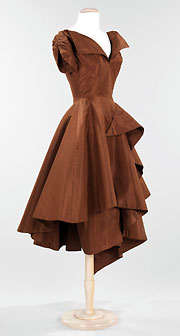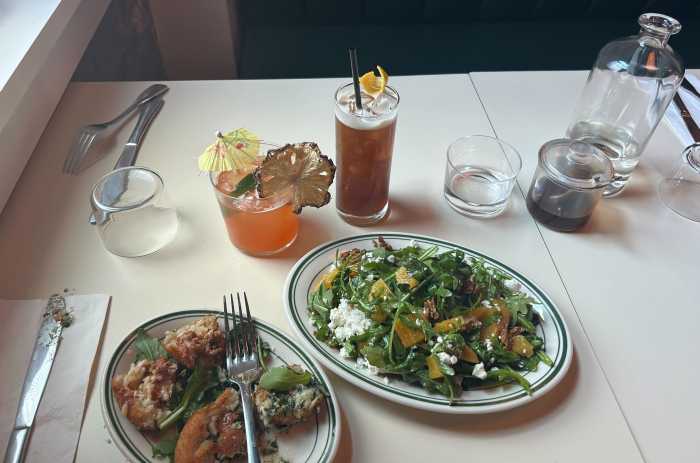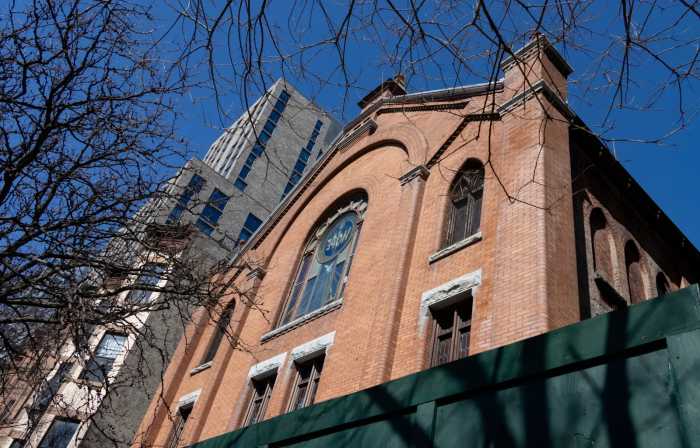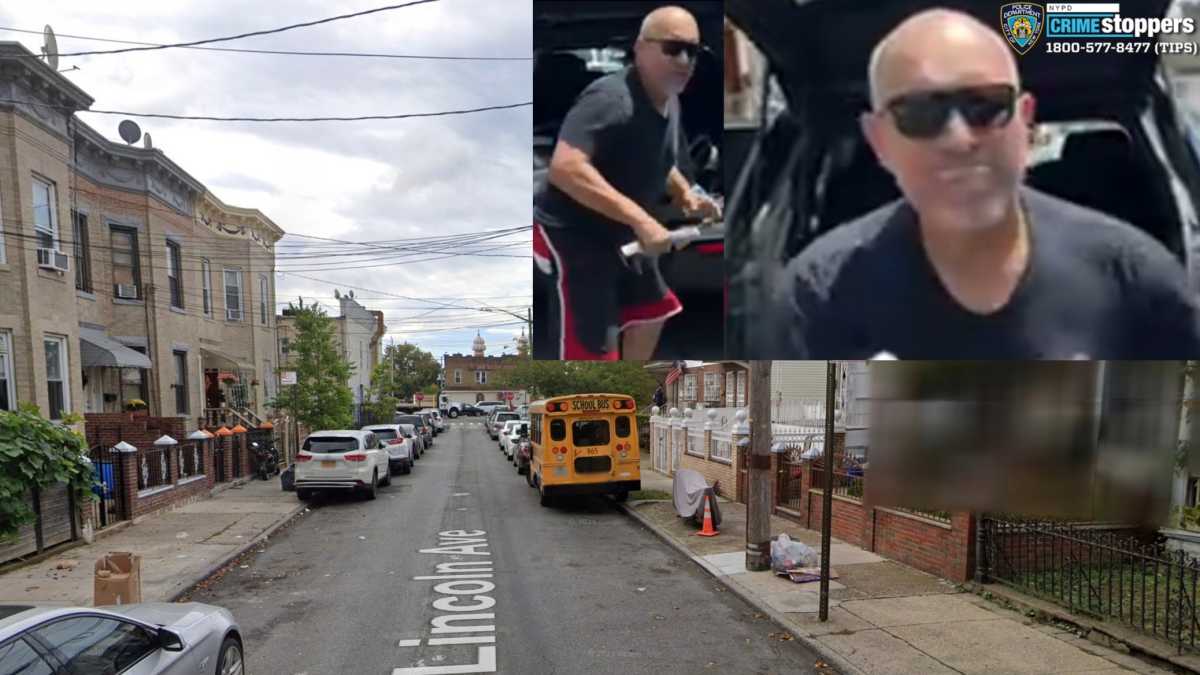Say au revoir to Christian Dior!
The cash-strapped Brooklyn Museum is unloading its storied couture collection to the Metropolitan Museum of Art to save money.
The stockpile of nearly 25,000 objects — by designers from Charles James to Elsa Schiaparelli to Dior — took 105 years to amass and is one of the world’s best collections of American fashion.
But the dresses and other vestments haven’t been seen much since the department’s budget was slashed in 1991, because like the aging dowagers who once wore them in style, getting them gussied up for guests is an ordeal.
“It requires a huge infrastructure to conserve a costume collection and mount exhibitions,” said Harold Koda, the curator in charge of the Costume Institute at the Met.
The Manhattan-based museum draws about 4.5 million annual visitors — more than 10 times the Brooklyn Museum’s attendance — and employs 20 full-time costume staffers.
“The Brooklyn Museum didn’t have those resources,” Koda said. “They weren’t equipped to conserve the pieces and extend loans to other institutions. We’re going to be able to broadcast the collection to a larger public.”
Koda said that even though the Met’s Costume Institute will own, curate and preserve the pieces, the two museums will collaborate on a bi-borough costume show in 2010.
The Eastern Parkway institution isn’t getting a cent for its priceless hoard of haute-couture, but museum officials said their top priority was preserving public access — even if it meant shipping its gowns across the East River.
“We wanted to keep the collection together and in the public sphere,” explained Kevin Stayton, chief curator at the Brooklyn Museum. “They will house the collection and take care of it, but we’ll have total access to borrow pieces for shows in our galleries.”
But Brooklyn’s would-be fashionistas will lose the opportunity to study the pieces by Prospect Park.
“I think it’s a tragedy,” said professor Lorraine Howes, who teaches a fashion class at the Rhode Island School of Design in Providence. “It’s not the same to borrow as to have a constant costume component. Not everyone is comfortable talking about painting, but when there is fashion integrated in exhibits, ordinary people can identify.”

























